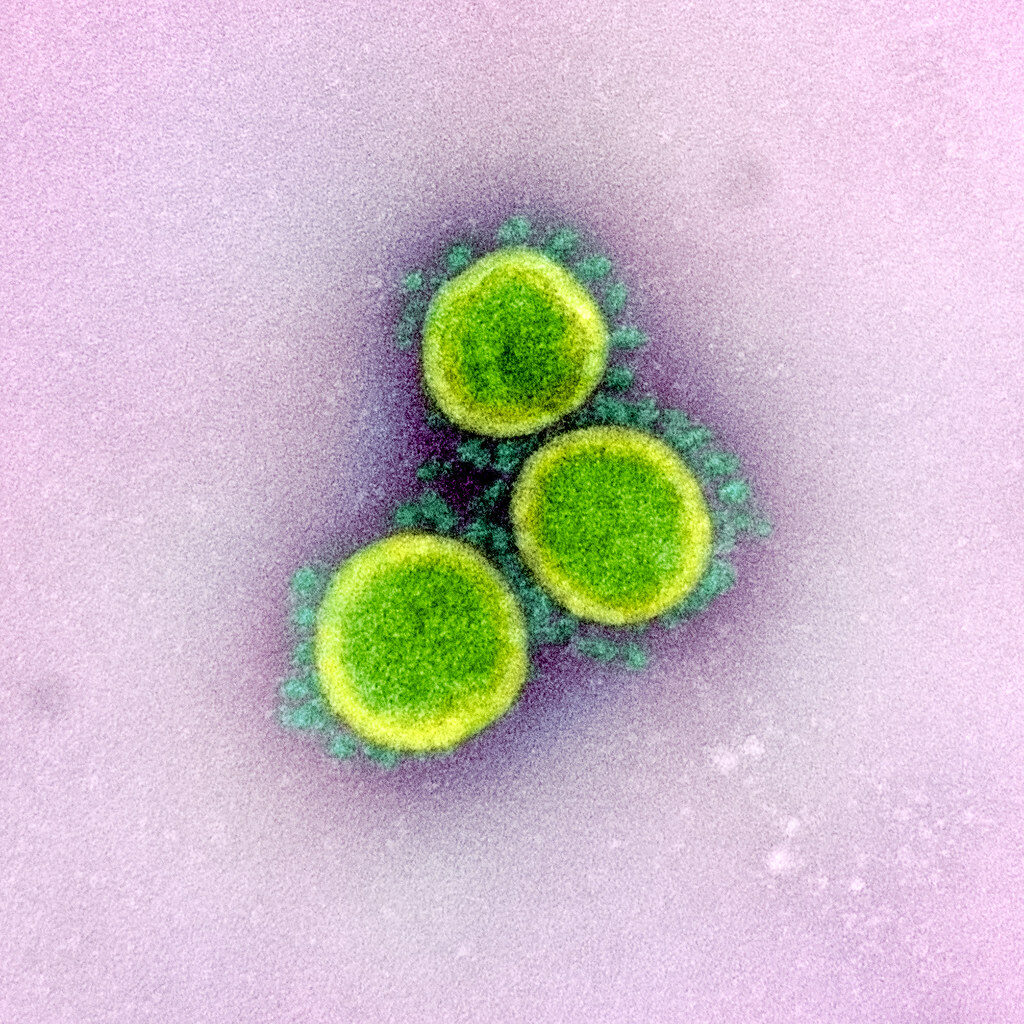A new research letter reports that some patients who were treated for mild COVID-19 cases and released still had the virus in their systems up to eight days after the symptoms disappeared.

Image credits NIAID / Flickr.
The document was published online in the American Thoracic Society’s American Journal of Respiratory and Critical Care Medicine (link at the bottom of this article) and describes how half of the patients treated and released by the authors still carried the virus after their symptoms subsided. The findings should be taken with a grain of salt as we’re talking about a research letter and a small sample size of 16 patients treated in the same area — the Treatment Center of PLA General Hospital in Beijing.
“The most significant finding from our study is that half of the patients kept shedding the virus even after resolution of their symptoms,” said co-lead author Dr. Sharma, instructor of medicine at the Section of Pulmonary, Critical Care & Sleep Medicine in the Department of Medicine at Yale School of Medicine.
“More severe infections may have even longer shedding times.”
All the patients were treated between January 28 and Feb. 9, 2020, and were 35.5 years old on average.
The researchers took throat swabs from all patients on alternate days and analyzed them for the virus. The patients were discharged after they received a negative result by at least two consecutive (polymerase chain reaction) tests to show that they recovered. Yet, at least half of them were still spreading the virus after this stage.
Their initial symptoms included fever, cough, pain in the pharynx, and difficult or labored breathing. Two patients had diabetes and one had tuberculosis, neither of which affected the timing of the course of COVID-19 infection. All but one of them had an incubation period — the time between infection and symptom onset — of five days. Symptoms lasted, on average, for eight days and patients remained contagious for one to eight days after the symptoms passed.
And here is the bad news for those of us who are bravely hanging on during our second or third week in quarantine:
“If you had mild respiratory symptoms from COVID-19 and were staying at home so as not to infect people, extend your quarantine for another two weeks after recovery to ensure that you don’t infect other people,” recommended corresponding author Dr. Lixin Xie, a professor in the College of Pulmonary and Critical Care Medicine at the Chinese PLA General Hospital in Beijing.
“COVID-19 patients can be infectious even after their symptomatic recovery, so treat the asymptomatic/recently recovered patients as carefully as symptomatic patients,” the team advises medical personel.
The authors emphasize that they looked at a small number of patients who all had mild cases of infection and then recovered, adding that it’s unclear whether other, more vulnerable groups would show the same evolution of the disease. Further research is needed to establish whether the virus can maintain transmission in later stages of the infection in other groups as well.
The letter “Time Kinetics of Viral Clearance and Resolution of Symptoms in Novel Coronavirus Infection” has been published in the American Journal of Respiratory and Critical Care Medicine.






